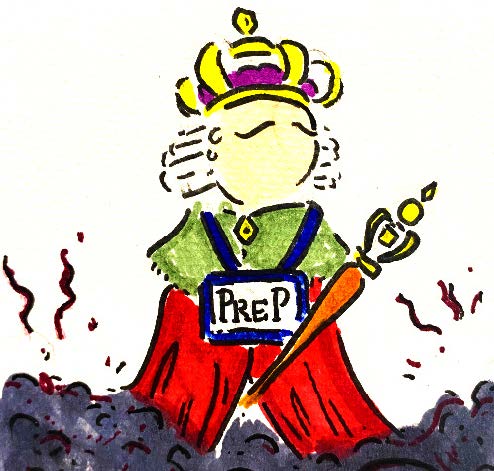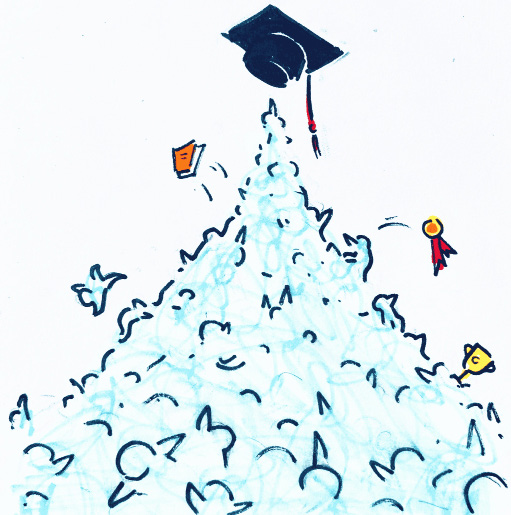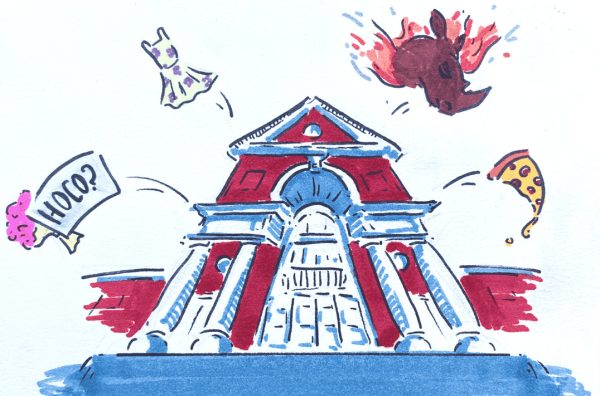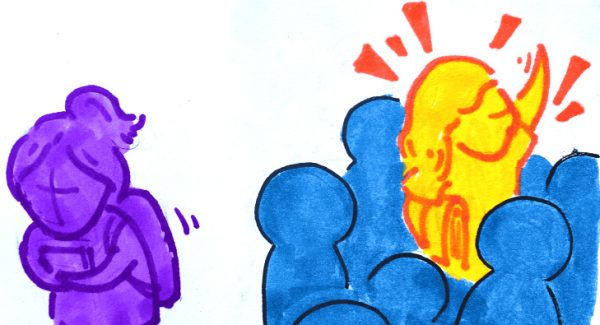America’s Problem with Government Shutdowns
The leaves are turning brown, students are wearing sweaters, and the United States government is threatening to shut down operations. It must be autumn.
On October 1, President Biden signed a spending bill that extended federal funding until mid-December, narrowly avoiding a government shutdown and temporarily staving off a national crisis. However, our country now faces a grim reality: government shutdowns will become more commonplace in the coming decade. Typically, they occur when Congress fails to agree on government spending for the next budget cycle. Government shutdowns temporarily suspend all non-essential functions of federal agencies until new funding is appropriated to those agencies. As one could guess, the more divided Congress is over government spending, the more likely it is that the federal government could face a shutdown. Last week, Congress was locked in a stalemate over several budgetary issues, the most prominent being a disagreement between Democrats and Republicans over raising the debt ceiling.
To suggest that shutdowns are an invention of the modern era of politics would be to ignore decades of government shutdowns that have happened at the hands of both Democratic and Republican presidents. There were eight shutdowns in the 1980s alone. However, all of them lasted three days or fewer. In comparison, the most recent shutdown, which occurred in 2018, lasted 34 days. Roughly 32% of the federal government’s time in shutdown has elapsed in the last eight years, while the other 68% was spent over a span of more than thirty-six years. In a shutdown, important federal programs are suspended. Government employees lose their paycheck. The least fortunate and least able-bodied citizens are harmed the most. Shutdowns are beginning to last longer and have a greater impact.
The increased polarization of our political landscape, while is by now a tired subject, threatens to leave us vulnerable to government shutdowns at an increasingly alarming frequency. If we continue to divide every budgetary issue into the camps of “dirty liberal socialism” and “useless conservative spending cuts,” our representatives will continue to turn the necessity of federal funding into a political football. After the most recent shutdown in 2018, some commentators boldly voiced their support for shutdowns; Michael Schindler of The American Conservative argued that, “In a nation with a “government of the people, by the people, for the people,” shutdowns should be expected and cherished. They are the sporadic rallying cries of liberty keeping the choir of our democracy from descending into bedlam.” However, to argue that Government shutdowns provide any political benefit at all, however abstract, is to ignore the real impact of a full stop of federal programs. This is a foreign concept for people who do not rely on government programs, which is troubling because these people are often trusted to navigate the intricacies of such a crisis. The looming threat doesn’t financially threaten members of Congress, either, as they continue to receive compensation/salary throughout the shutdown. Therefore, to elected representatives, the threat of a government shutdown can seem more akin to the awkward consequence of turning in a Record article late than it can seem like the possible furlough of hundreds of thousands of federal employees. We need a Congress that can come to a consensus on federal funding in heated moments because our current crop of representatives seems unable to grasp the devastating consequences of delay.






